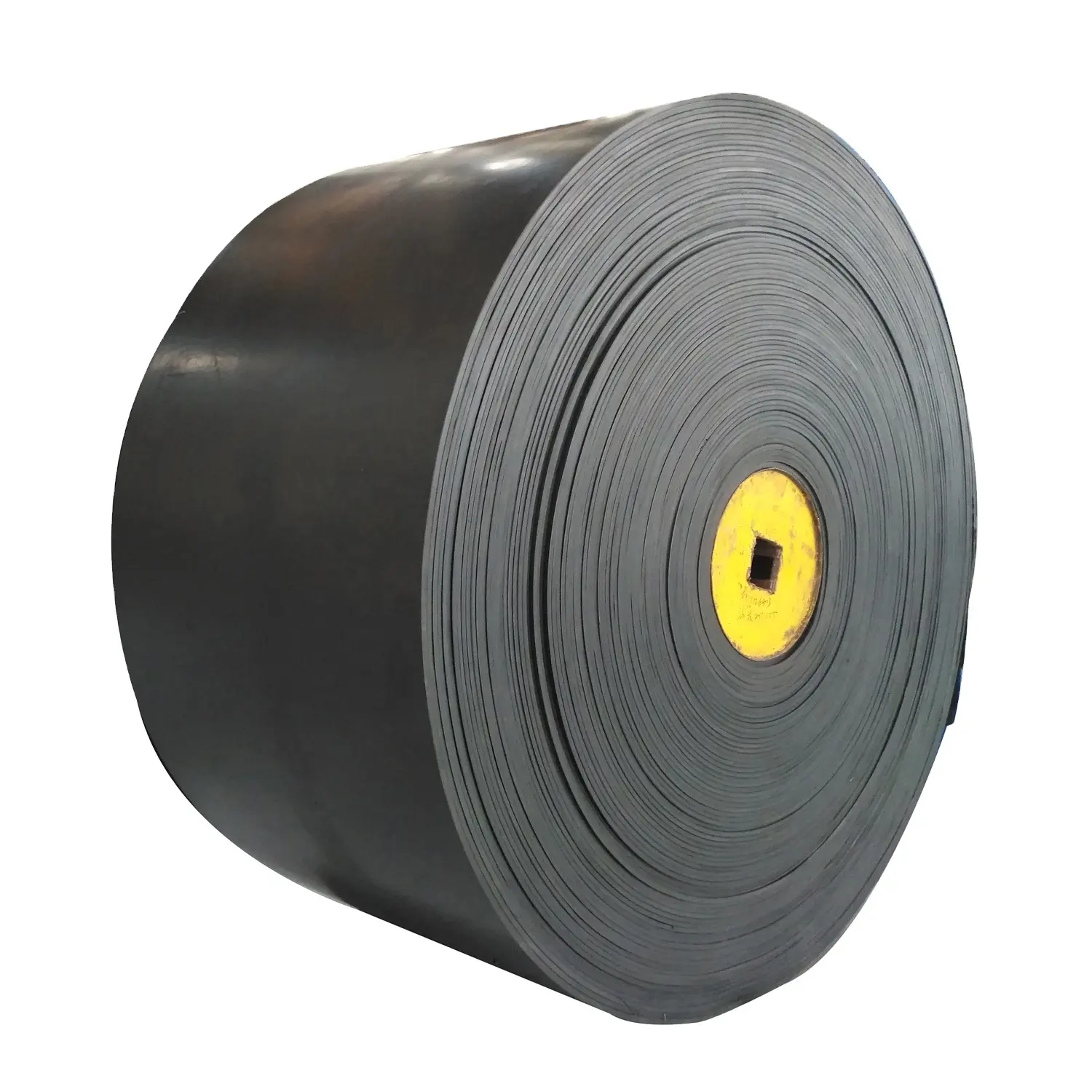Schneider Electric Innovation Day
14/05/2024 Prime Vision
14/05/2024 Siemens AG
14/05/2024 Beckhoff Automation Ltd
24/02/2023 Habasit (UK) Ltd (formerly Habasit Rossi)
The key design features that will increase profitability in the food processing industry by improving sanitation and productivity ~
Food processing plants must balance rigorous hygiene requirements with the need to improve productivity, leaving many plant managers unsure of the best investments regarding conveyor systems. Here Enrico Visconti, Head of Industry Segment Food at hygienic conveyor belt manufacturer Habasit, shares some advice on how to improve conveyor belt sanitation in food processing applications.
Conveyor belts in food processing are key focus areas for cleaning as they are in direct contact with food products. The biggest challenge they face is cross contamination, where food products are contaminated by foreign bodies. This can either be physical contamination or microbiological contamination, caused by biofilm build-up on the line.
Biofilms typically consist of water, lipids, proteins, polysaccharides, and microorganisms and are particularly challenging for food processing sanitation operators to remove. Essentially, biofilm structures create bacterial colonies and single-cell groups that adhere to surfaces. These are preserved by a protective dome of polysaccharide meshing, making them difficult to remove and clean. Therefore, hygienic design features that prevent biofilm build-up from occurring in the first place are crucial for ongoing hygiene in food processing plants.
Hygienic belt design
A critical area for modular belting is the hinges, where, if not properly cleaned, product debris might accumulate and biofilm grows. Therefore, hygienic belt design must limit the surface area of hinges and provide easy access to belting from all sides, allowing sanitation workers to inspect, clean, and validate belts quickly and effectively. Belts must also facilitate the flow of water and cleaning agents to the most hidden parts and the rods connecting the belts, so they cannot become breeding grounds for harmful bacteria.
Overcoming this challenge led to the development of Super HyCLEAN, a plastic modular belting range designed to improve cleaning efficiency and food safety. These belts have a completely flat belt surface, including on the running side, where the hinge and rod area have been minimized. The hinges have been placed on the outer sides of the belt, resulting in a flat bottom surface, significantly reducing any areas at risk of debris collection and biofilm accumulation. Furthermore, the dynamic open hinge allows water flow to reach the hinges and the rods, facilitating debris removal.
Independent third-party testing and industrial trials in the most hygienically demanding applications in poultry, fish, and red meat processing concluded that cleaning operation time and water usage can both be reduced by over 50 per cent because they trap less debris. Further testing using UV-tracers found that, after only five rinsing cycles, there was up to 4.1 times less soil residue on Super HyCLEAN compared to other commonly used hygienic plastic modular belts. Furthermore, microbiological swab tests and CFU testing showed the belts developed 20 times fewer bacterial colonies compared to commonly used hygienic modular belts.
Hygienic component considerations
The next way hygiene of food processing conveyors can be improved is by using modern cleaning in place (CIP) units ? spray cleaning bars fitted to conveyor frames to increase cleaning effectiveness. The functional use of CIPs is clear, they improve cleanability and reduce the time required for cleaning, therefore improving productivity. However, most food conveyor systems are not equipped with CIP units and it is often overly complicated to install them as aftermarket.
This perception is changing thanks to new plug-and-play hygienic CIP units that can be easily installed on any conveyor system. This allows industry to retrofit CIP units onto any system without requiring costly and disruptive engineering work, improving plant-wide cleanability and reducing the cleaning window, improving plant productivity.
Another way to improve hygiene in food processing is by installing components that allow removal of belts from conveyor frames without using tools, such as Saniclip. This facilitates easy cleaning of conveyor frames without requiring specialist engineers, drastically cutting the time required for cleaning and improving productivity.
To find out more about how Habasit can help improve sanitation programs in food processing plants, visit https://www.habasit.com/en/Industries/Food-and–BeveragePrint this article
For more information, please contact:
Habasit (UK) Ltd (formerly Habasit Rossi)
Habegger House
Keighley Road
Silsden
West Yorkshire
BD20 0EA
Tel: +44 (0)844 8359555
Email: info.uk@habasit.com
Web: https://www.habasit.co.uk
Visit company profile page
Simple & cost-effective Low-cost Automation
Login or Register
Process and Control Today are not responsible for the content of submitted or externally produced articles and images. Click here to email us about any errors or omissions contained within this article.
eNewsletter sign-up
View our eNewsletter Archive
Sign-up for our weekly eNewsletter
Connect with us:
Advertise with us | Media pack
© Copyright 1999-2024 Process and Control Today Ltd
Registered in England No. 3733110 – studio44
Related posts
- Conveyor Belt Fabric11 product
- Rubber Conveyor Belt33 products
- PVC/PU Conveyor belt11 product
- Transmission belt22 products
- V-Belt11 product
- Timing belt11 product
- Conveyor System99 products
- Roller / Idler1010 products
- Pulley22 products
- Belt Fastener44 products
- Vulcanization Splicing / Repair11 product



